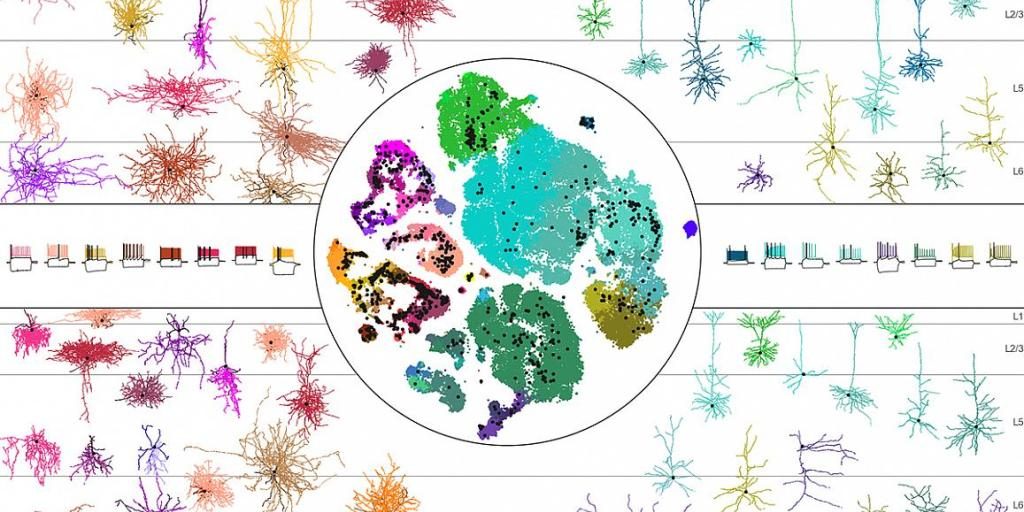The NIH Brain Research Through Advancing Innovative Neurotechnologies® (BRAIN) Initiative Cell Census Network (BICCN) has unveiled an atlas of cell types and an anatomical neuronal wiring diagram for the mammalian primary motor cortex, derived from detailed studies of mice, monkeys, and humans. This publicly available resource represents the culmination of an international collaborative effort by more than 250 scientists at more than 45 institutions across 3 continents. The atlas provides a foundation for more in-depth study of cell types in the rest of the mammalian brain and may help scientists translate research done in animal models to humans. The findings appear as 17 associated papers published in a dedicated issue of the journal Nature.
“Thanks to this groundbreaking collaboration, we now have a comprehensive understanding of the brain cells found in the motor cortex of the brain and their basic functional properties,” said NIH Director Francis S. Collins, M.D., Ph.D. “The atlas will provide a springboard for future research into the structure and function of the brain within and across species.”
The human brain is an incredibly complex organ, consisting of about one hundred billion neurons and roughly an equivalent number of non-neuronal cells and trillions of neuronal connections. Although all humans share the same general brain structure, a variety of environmental and genetic factors shape how our brains develop and function. In other words, each person’s brain reflects their unique background and life experiences. A full accounting of all the cell types that comprise the brain, their characteristics, and how they differ from individual to individual is crucial for understanding what makes us human.


